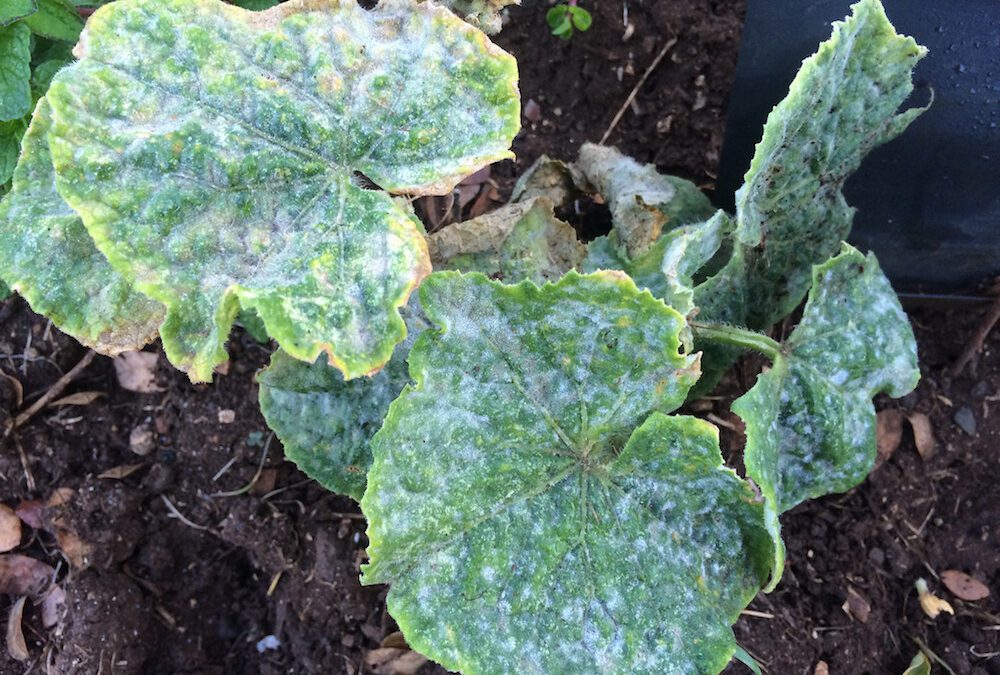As the temperatures drop and leaves begin to fall, autumn brings unique challenges to maintaining a healthy landscape. One common issue that can arise during this season is the growth of fall fungus on your lawn and plants. Left unchecked, these fungal diseases can damage your greenery and compromise the beauty of your outdoor space. Fortunately, with the right care and preventative measures, you can keep your landscape fungus-free and thriving throughout the fall.
Common Fall Fungi in Landscapes
Here are some common fungal issues to be aware of during the fall season:
1. Brown Patch
Brown patch is a common lawn disease that affects cool-season grasses like Kentucky bluegrass and fescue. It appears as circular brown spots that can spread rapidly in cool, wet conditions. Fall’s combination of morning dew and lower temperatures creates the perfect environment for brown patch to thrive.
2. Powdery Mildew
Powdery mildew is a fungal disease that leaves a white, powdery coating on the leaves of plants, shrubs, and trees. It’s prevalent in the fall due to increased moisture and cooler evenings. Plants like roses, lilacs, and zinnias are particularly vulnerable.
3. Leaf Spot
As the name suggests, leaf spot causes dark, blotchy spots on the leaves of trees and shrubs. Water droplets from rain or irrigation spread this fungus and can lead to premature leaf drop.
4. Snow Mold
While it primarily affects lawns during the winter, snow mold begins developing in the fall. It thrives under moist conditions and appears as matted patches of grass once the snow melts in early spring. Preventative measures in the fall can help avoid damage by snow mold.
Prevention and Treatment Tips
The key to avoiding fall fungus is maintaining a healthy landscape. Here are some steps you can take:
1. Aerate Your Lawn
Aeration loosens compacted soil and allows air, water, and nutrients to penetrate deep into the root system. This promotes stronger grass growth and helps prevent fungal spores from taking hold. Fall is the perfect time to aerate, setting up your lawn for success through winter and into spring.
2. Rake and Remove Fallen Leaves
Fallen leaves trap moisture and create an environment where fungal diseases can thrive. Regularly raking and removing leaves helps reduce moisture levels, depriving fungi of the damp conditions they need to grow.
3. Adjust Watering Schedules
As the weather cools down, reduce watering to prevent excess moisture from building up in your lawn and garden. Overwatering, especially in the fall, can create the ideal conditions for fungi to spread.
4. Apply Fungicides if Necessary
In cases of severe fungal infestations, a fungicide may be necessary. Consult with a landscaping professional to determine if an application is needed and which type of fungicide will be most effective for your specific issue.
5. Improve Air Circulation
Prune trees and shrubs to increase airflow around your plants. Better air circulation helps reduce humidity levels, which can significantly lower the risk of fungal diseases.
Why Fall Fungus Matters for Your Landscape
Ignoring fungus issues in the fall can have long-term consequences. Fungal diseases not only detract from the visual appeal of your property but can also weaken your plants and lawns, making them more susceptible to other issues like pest infestations or winter damage.
By taking preventative steps now, you can ensure your landscape stays healthy and vibrant, not just through the fall, but into winter and the following spring.
Partner with Experts for a Fungus-Free Landscape
Our landscaping team specializes in proactive care to protect your landscape from fall fungi. Whether it’s aeration, leaf removal, or tailored fungicide treatments, we’re here to keep your outdoor space in pristine condition. Contact us today to schedule a consultation and take the first step towards a healthier, fungus-free landscape this fall.


